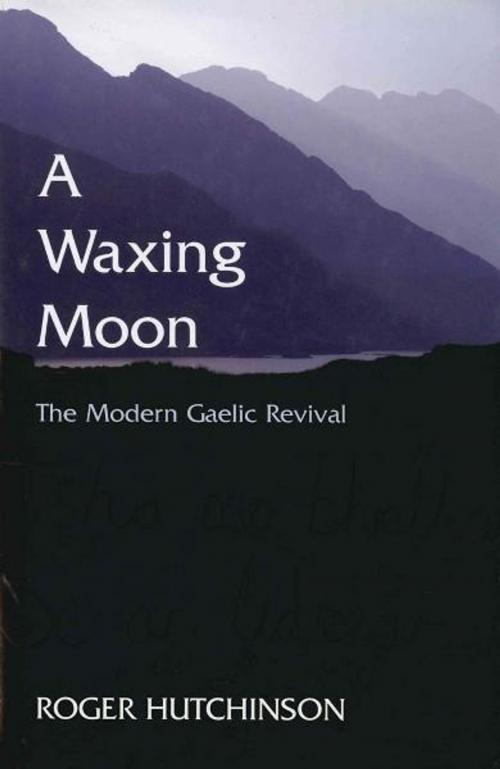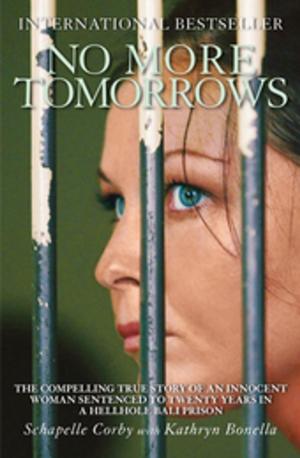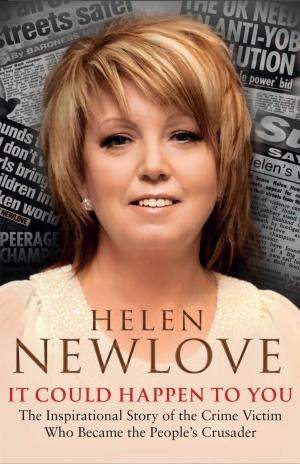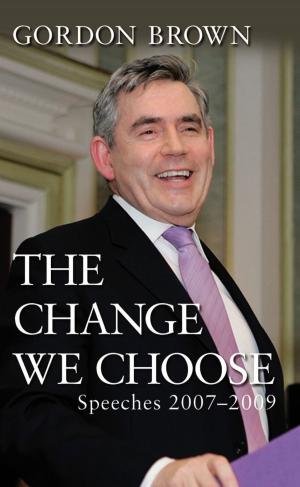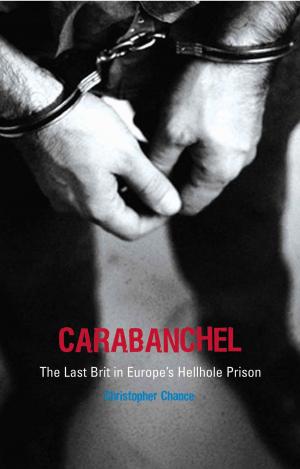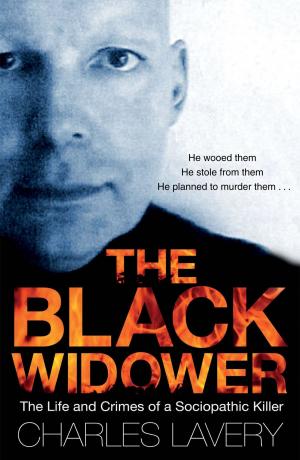A Waxing Moon
The Modern Gaelic Revival
Nonfiction, Reference & Language, Language Arts, Linguistics, Social & Cultural Studies, Social Science, Anthropology| Author: | Roger Hutchinson | ISBN: | 9781780573106 |
| Publisher: | Mainstream Publishing | Publication: | October 21, 2011 |
| Imprint: | Mainstream Digital | Language: | English |
| Author: | Roger Hutchinson |
| ISBN: | 9781780573106 |
| Publisher: | Mainstream Publishing |
| Publication: | October 21, 2011 |
| Imprint: | Mainstream Digital |
| Language: | English |
Thirty years ago, the Gaelic language and culture which had been eminent in Scotland for 1,300 years seemed to be in the final stages of a 200-year terminal decline. The number of Gaelic speakers in Scotland had fallen tenfold over the previous century. The language itself was commonplace only in the scattered communities of the north-west Highlands and Hebrides.By the early years of the 21st century, however, a sea-change had taken place. Gaelic - for so long a subject of mockery and hostility - had become what some termed 'fashionable'. Gaelic-speaking jobs were available; Gaelic-medium education was established in many areas; and politicians and business-people saw benefits in acting as friends of the culture. While the numbers of Gaelic-speakers continued to fall as older people passed away, the decline was slowed and for the first time in 100 years the percentage of young people using the language began to rise proportionately. What had happened was a kind of renaissance: a Gaelic revival that manifested itself in popular music, literature, art, poetry, publishing, drama, radio and television. It was a phenomenon as obvious as it was unexpected. And at the heart of that movement lay education. A Gaelic Modern History will tell the story of one institution, Sabhal Mor Ostaig, the Gaelic College in Skye that has stood at the centre of this revival. But, chiefly, the book will examine how a venerable culture was given hope for the future at the point when all seemed lost. It recounts the scores of personalities, from Sorley Maclean and Runrig to Michael Forsyth and Gordon Brown, who have become involved in that process.
Thirty years ago, the Gaelic language and culture which had been eminent in Scotland for 1,300 years seemed to be in the final stages of a 200-year terminal decline. The number of Gaelic speakers in Scotland had fallen tenfold over the previous century. The language itself was commonplace only in the scattered communities of the north-west Highlands and Hebrides.By the early years of the 21st century, however, a sea-change had taken place. Gaelic - for so long a subject of mockery and hostility - had become what some termed 'fashionable'. Gaelic-speaking jobs were available; Gaelic-medium education was established in many areas; and politicians and business-people saw benefits in acting as friends of the culture. While the numbers of Gaelic-speakers continued to fall as older people passed away, the decline was slowed and for the first time in 100 years the percentage of young people using the language began to rise proportionately. What had happened was a kind of renaissance: a Gaelic revival that manifested itself in popular music, literature, art, poetry, publishing, drama, radio and television. It was a phenomenon as obvious as it was unexpected. And at the heart of that movement lay education. A Gaelic Modern History will tell the story of one institution, Sabhal Mor Ostaig, the Gaelic College in Skye that has stood at the centre of this revival. But, chiefly, the book will examine how a venerable culture was given hope for the future at the point when all seemed lost. It recounts the scores of personalities, from Sorley Maclean and Runrig to Michael Forsyth and Gordon Brown, who have become involved in that process.
